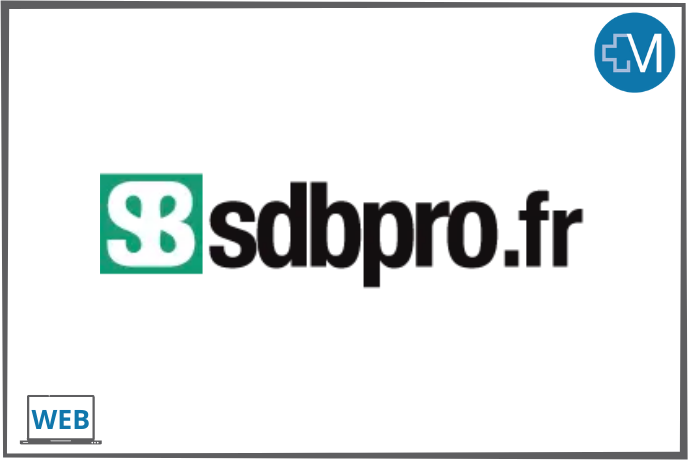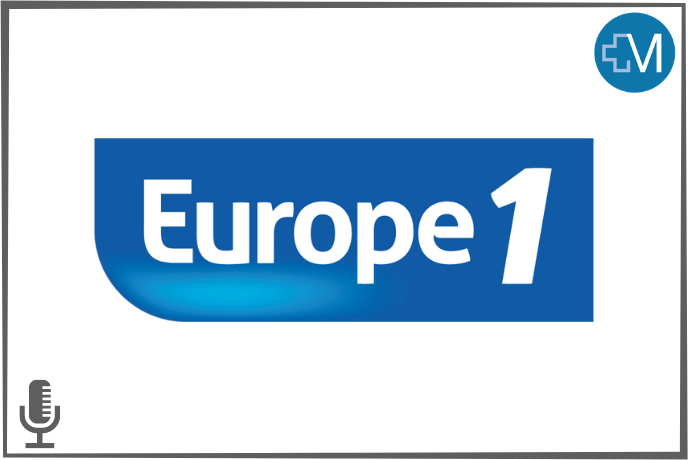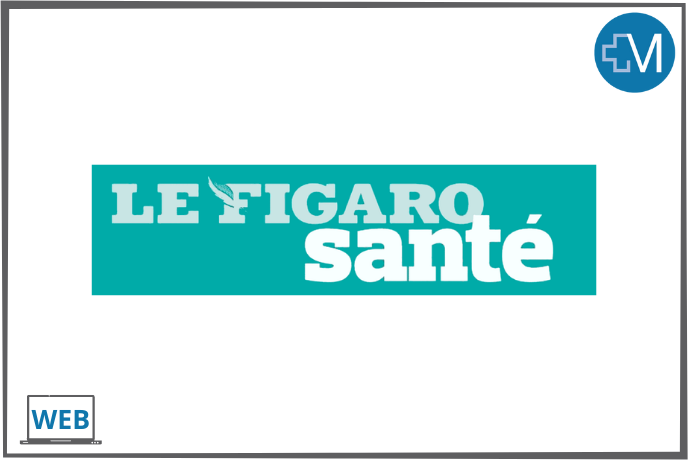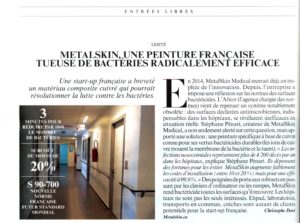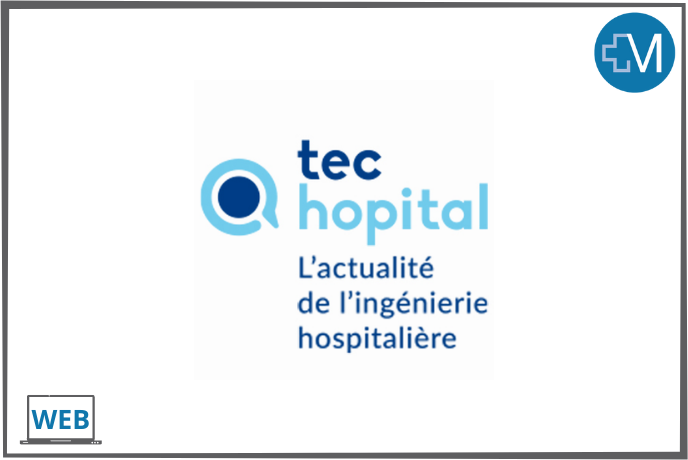If hygiene in public washrooms – touchless faucets and hand dryers – is advanced, it stops at the door handle. But the coronavirus has awakened people’s awareness and we can bet that in all high-risk places (hospitals, Ehpad, offices, schools…), contaminating surfaces (handrails, switches, keyboards, mice…) will quickly become biocidal.
Anyone who washes and dries his or her hands before leaving the public restroom is bound to wonder, when grasping the door handle, if everyone else does the same… Rightly so. According to a study carried out in early 2020 by Ifop for Diogenes France [1], 29% of French people said they did not wash their hands after using the toilet. As such, it is preferable to go to the women’s, who are 75% to do so, compared to 68% of men. Can this door handle grabbed by more than one person in four likely to leave bacteria or viruses in the door handle give us the flu, gastroenteritis, conjunctivitis, or even the infamous Covid-19?
Maniported viruses
Before the coronavirus showed this, studies had already proven the role played by surfaces in microbial contamination. The company Lebronze Alloys, a specialist in metal alloys, has been working for more than ten years with scientific partners [2] on the behavior of bacteria, fungi and viruses in contact with copper, a bactericidal material. It has thus determined that the number of people infected during epidemics of gastroenteritis or conjunctivitis in a wing of an Ehpad equipped with copper handles and handrails was four times lower than the number of people living in another wing of the same Ehpad equipped with conventional accessories (monitoring of infections by hand for eighteen months). In addition, samples taken from the surface of the copper handles had 60% fewer bacteria (1,300 samples over a three-year period).
These studies [3], not all of which have yet been published, have also made it possible to optimize the composition of the copper alloy to ensure the best compromise between efficacy and surface aesthetics, and to formulate compatible cleaning solutions.
Biocidal products ignored
Products are available with proven effectiveness. Why aren’t they used? “Hygienists have focused a lot on the hands of caregivers,” suggests Alexis Pofilet, development manager at SteriAll (Lebronze Alloys group), forgetting those of patients (hospitals) and residents (Ehpad). Above all,” explains Stéphane Penari, founder of Metalskin Technologies, which has developed a copper-based bactericidal paint, “the prescription was based on a (Japanese) standard that was unsuitable for use because it was diverted from its initial purpose (measuring the antiseptic nature of dressings coated with a plastic film loaded with silver ions), thus certifying solutions that were ineffective in the field.
Since then, the NF S90-700 standard was born (Surfaces with biocidal properties – Method for evaluating the basic bactericidal activity of a non-porous surface). Published in May 2019, it focuses on the performance of processes, evaluating their effectiveness on four bacteria representative of those that cause problems in hospitals (Staphylococcus aureus, Enterococcus hirae, Escherichia coli and Pseudomonas aeruginosa), particularly antibiotic resistance (nosocomial diseases). It requires a hundred-fold division of the number of bacteria every hour. It should be noted that within two years, it should have generated a transversal Iso standard, i.e. taking into account all bactericidal materials, for example sanitary ceramics .
Without the hand!
Then the Covid-19 appeared. The general public, now aware that microbes can survive up to several days or even months on certain surfaces if they are not disinfected, has become aware of the crucial importance of washing their hands. To the point of making accessories (hooks, crutches…), made of wood or printed in 3D, to avoid touching the slightest door handle, and not only that of the toilet. Today, everyone is interested in handles operated with the forearm or the elbow (FSB, Ulna…), or even self-disinfecting thanks to the application of a disinfectant after each manipulation (Skoon Handle) or a black light (UV lamp) that destroys bacteria and continuously sterilizes the semiconductor coating (Self Sanitizing Door Handle, winner of the James Dyson Award 2019). From the most rudimentary to the most sophisticated, these solutions are the subject of numerous articles on the Internet and shared on social networks.
But there is a radical and effective response for healthcare. Implemented in high-traffic areas such as airports, for example, it requires a specific layout so that the privacy of users, especially men in front of urinals, is ensured. When the sanitary facilities are located on either side of a corridor – women on one side, men on the other – and another corridor, acting as an airlock, leads to the toilet, it is invisible to anyone outside. And there is no door, and therefore no handles.
1] Ifop study for Diogene-France (specialist in the disposal of substandard housing) carried out by self-administered online questionnaire from January 31 to February 3, 2020 with a sample of 2,005 people, representative of the population aged 18 and over living in metropolitan France.
2] Laboratoires Bios et Lism of the University of Reims Champagne-Ardenne (Urca), the research structure Fonderephar of Toulouse.
3] Studies directed by Sophie Gangloff (URCA), conducted by Marius Colin (URCA) and steered by an independent scientific committee including Fabien Squinazi (former director of the Hygiene Laboratory of the city of Paris), Olivier Meunier (Hagueneau CH), Christophe de Champs de Saint-Léger (Reims CHU and URCA), Jean-Luc Novella (Reims CHU and URCA), Raphaël Duval (University of Lorraine), Christine Roques (Toulouse CHU and Toulouse Faculty of Pharmacy).
To read the full article (in French), click here!


